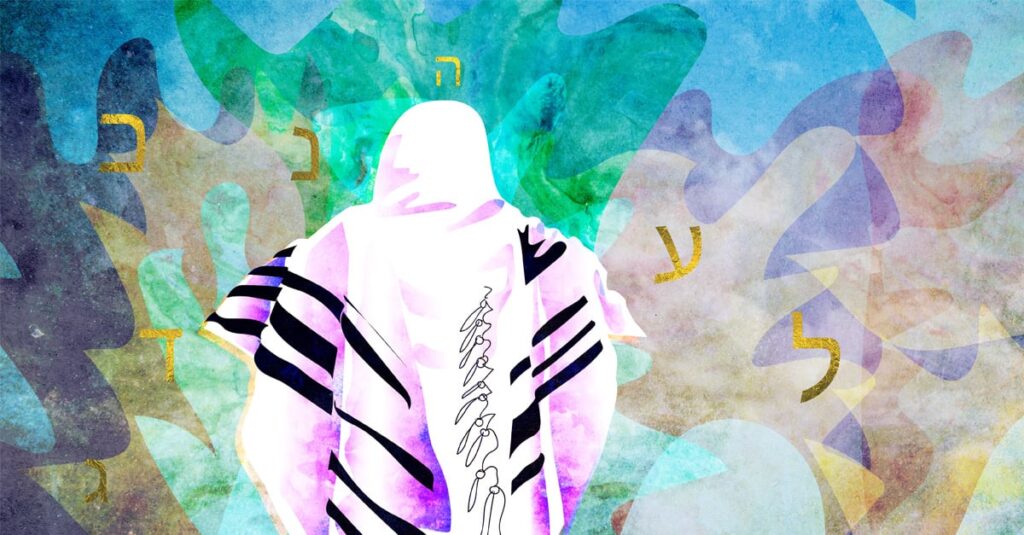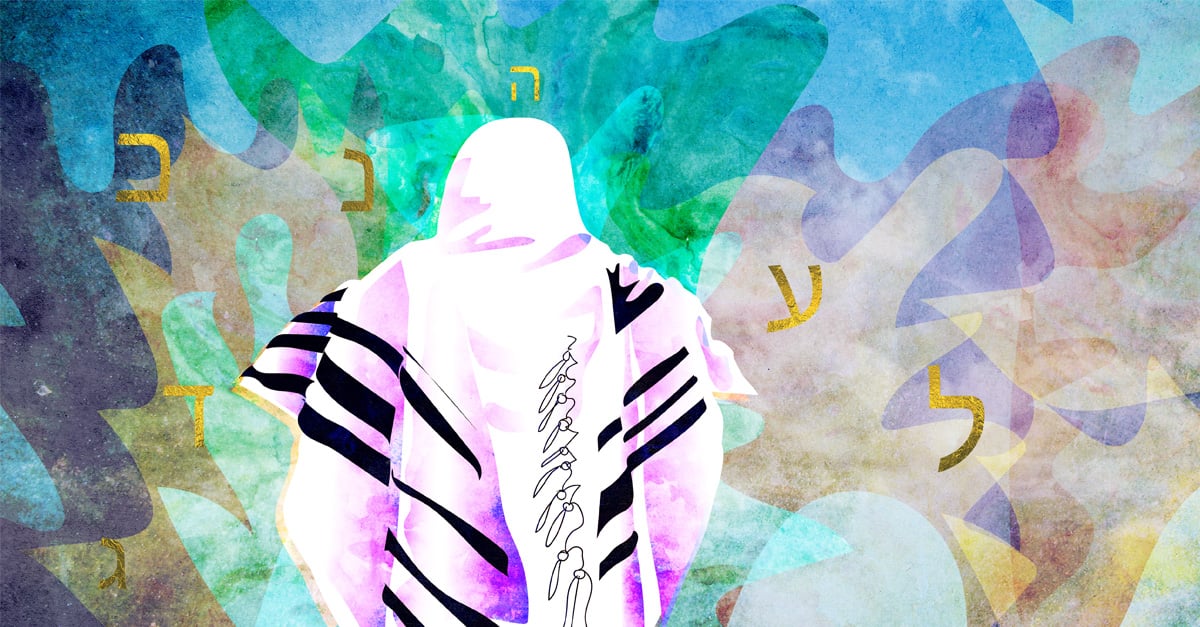
## Yom Kippur 2025: A Comprehensive Guide to the Day of Atonement
Yom Kippur, the Day of Atonement, is the holiest day of the year in Judaism. In 2025, individuals worldwide will observe Yom Kippur, a solemn occasion dedicated to repentance, reflection, and seeking forgiveness. This comprehensive guide delves into the intricacies of Yom Kippur 2025, exploring its meaning, observances, and significance in modern life. We aim to provide a thorough understanding of this important day, offering insights that go beyond basic definitions. Whether you are a seasoned observer or new to the traditions, this guide will offer valuable knowledge and perspectives.
### Understanding Yom Kippur: A Deep Dive
Yom Kippur, meaning “Day of Atonement,” is observed on the 10th day of Tishrei, the seventh month of the Hebrew calendar. It falls approximately nine days after Rosh Hashanah, the Jewish New Year. The period between Rosh Hashanah and Yom Kippur, known as the Days of Awe or the Ten Days of Repentance, is a time for introspection and seeking reconciliation with God and others.
Unlike other Jewish holidays that celebrate historical events or agricultural cycles, Yom Kippur focuses solely on spiritual renewal. It’s a day to examine one’s actions, acknowledge shortcomings, and commit to positive change. The central theme is *teshuvah*, repentance or return to God. The process involves:
* **Confession (Vidui):** A verbal recitation of sins.
* **Regret (Charata):** Feeling remorse for past actions.
* **Abandonment (Aziva):** Resolving to cease negative behaviors.
* **Resolution (Kabala):** Making a commitment to improve.
Yom Kippur is observed with a complete fast from food and water, abstention from work, and intense prayer. Synagogues are filled with worshippers throughout the day, reciting special prayers and listening to the reading of the Torah. The Kol Nidre service, held at the beginning of Yom Kippur, is a particularly moving and solemn occasion.
### The Observances of Yom Kippur 2025: A Detailed Look
The observances of Yom Kippur are designed to facilitate deep introspection and spiritual cleansing. Here’s a breakdown of the key practices:
* **Fasting:** A complete fast from food and water begins before sunset on the eve of Yom Kippur and continues until nightfall the following day. This physical deprivation is intended to focus the mind on spiritual matters.
* **Abstention from Work:** Like the Sabbath, Yom Kippur is a day of rest. All forms of work are prohibited, allowing individuals to devote themselves entirely to prayer and reflection.
* **Synagogue Attendance:** Synagogue services are central to Yom Kippur. Special prayers, including the *Vidui* (confession) and *Unetaneh Tokef* (a prayer expressing the solemnity of the day), are recited. The Torah reading focuses on the laws of Yom Kippur and the story of the scapegoat.
* **Wearing White:** Many people wear white clothing on Yom Kippur, symbolizing purity and a fresh start.
* **Confession (Vidui):** The *Vidui*, a detailed confession of sins, is recited multiple times throughout the day. It is a collective confession, acknowledging the shortcomings of the entire community.
* **Memorial Prayers (Yizkor):** A special memorial service, *Yizkor*, is held to honor the memory of deceased loved ones.
#### Significance of Fasting
The Yom Kippur fast is a central component of the day’s observances. It’s not simply about abstaining from food and water; it’s about transcending physical needs to focus on spiritual matters. The discomfort of hunger and thirst is a reminder of human vulnerability and dependence on God. It allows individuals to empathize with those who suffer from hunger and deprivation.
#### The Kol Nidre Service
The Kol Nidre service, held on the eve of Yom Kippur, is one of the most dramatic and emotionally charged services in the Jewish year. The *Kol Nidre* prayer, which means “All Vows,” is a legal formula that annuls vows made unintentionally or under duress during the past year. The prayer is recited three times, each time with increasing intensity.
### The Shofar Blast: A Moment of Conclusion
The Yom Kippur service culminates with the blowing of the *shofar*, a ram’s horn. This single, piercing blast signals the end of the fast and the conclusion of the day’s observances. It is a moment of great joy and relief, signifying that God has accepted the community’s repentance.
### Yom Kippur in Modern Life: Relevance and Meaning
In today’s fast-paced and often materialistic world, Yom Kippur offers a valuable opportunity to pause, reflect, and reconnect with one’s spiritual core. It is a time to examine our values, priorities, and relationships. The themes of repentance, forgiveness, and reconciliation are as relevant today as they have ever been.
#### Ethical Considerations
Yom Kippur is not just about seeking forgiveness from God; it’s also about seeking forgiveness from others. Before Yom Kippur, it is customary to make amends with those whom we have wronged. This process of reconciliation is an essential part of the *teshuvah* process.
#### Social Justice and Yom Kippur
Many contemporary Jewish thinkers emphasize the connection between Yom Kippur and social justice. The themes of repentance and forgiveness should inspire us to work towards a more just and equitable world. This includes addressing issues such as poverty, inequality, and environmental degradation.
### The Significance of Yom Kippur 2025 in a Changing World
As we approach Yom Kippur 2025, it’s essential to consider its relevance in a world facing unprecedented challenges. The themes of introspection, repentance, and reconciliation are particularly important in a time of division and conflict. Yom Kippur offers a framework for addressing personal and societal shortcomings, fostering empathy, and promoting positive change. Recent studies show a growing interest in mindfulness and spiritual practices, suggesting that Yom Kippur’s emphasis on introspection resonates with many people seeking meaning and purpose in their lives.
### Leading Spiritual Guidance: Rabbi David Wolpe’s Insights
Rabbi David Wolpe, a prominent figure in contemporary Judaism, offers valuable insights on Yom Kippur. He emphasizes the importance of using Yom Kippur as an opportunity for personal growth and transformation. Rabbi Wolpe encourages individuals to focus on specific areas where they can improve, rather than getting bogged down in general feelings of guilt. His teachings highlight the power of *teshuvah* to create lasting positive change.
### Yom Kippur Prayers: A Journey of the Soul
The prayers recited on Yom Kippur are central to the day’s observances. They offer a framework for introspection, confession, and seeking forgiveness. The prayers are often chanted in a haunting and evocative manner, creating a deeply spiritual atmosphere. Some of the most important prayers include:
* **Kol Nidre:** As mentioned earlier, this prayer annuls vows made unintentionally or under duress.
* **Unetaneh Tokef:** This prayer expresses the solemnity of Yom Kippur and the fragility of human life.
* **Avinu Malkeinu:** This prayer is a plea to God for mercy and forgiveness.
* **Vidui:** The collective confession of sins.
### Yom Kippur and Mental Health: A Time for Reflection, Not Self-Condemnation
While Yom Kippur is a time for serious reflection and acknowledging our shortcomings, it’s important to approach this process with self-compassion. It’s not about self-condemnation or dwelling on past mistakes. Instead, it’s about identifying areas where we can improve and making a commitment to positive change. If you are struggling with feelings of guilt or shame, consider seeking support from a therapist or counselor.
### The Future of Yom Kippur: Adapting to a Changing World
As society continues to evolve, Yom Kippur will likely continue to adapt to meet the changing needs of the Jewish community. This may involve incorporating new technologies into the observances, addressing contemporary social issues in the prayers, or finding new ways to make the day more accessible to those who are not traditionally observant. However, the core themes of repentance, forgiveness, and reconciliation will remain central to the meaning of Yom Kippur.
### Yom Kippur 2025: A Time for Renewal
Yom Kippur 2025 presents a unique opportunity for personal and collective renewal. By engaging in the traditional observances and reflecting on the deeper meaning of the day, we can emerge with a renewed sense of purpose and a commitment to living a more ethical and meaningful life.
### Common Questions About Yom Kippur 2025:
1. **What is the exact date of Yom Kippur 2025?**
Yom Kippur 2025 begins at sundown on October 10th and ends at nightfall on October 11th.
2. **Why do people fast on Yom Kippur?**
Fasting is a way to focus on spiritual reflection and atonement, setting aside physical needs to connect with a higher purpose.
3. **What if I can’t fast for health reasons?**
Jewish law prioritizes health. If fasting poses a health risk, it is permissible and even required to eat. Consult with a rabbi and your doctor.
4. **What is the Kol Nidre service?**
It’s a solemn service held on the eve of Yom Kippur, featuring a prayer that annuls vows made unintentionally or under duress.
5. **What is *teshuvah* and why is it important?**
*Teshuvah* is repentance, involving regret, confession, abandonment of negative behaviors, and a commitment to improvement. It’s the core of Yom Kippur.
6. **How can I prepare for Yom Kippur?**
Engage in introspection, seek forgiveness from those you’ve wronged, and familiarize yourself with the prayers and customs.
7. **What if I’m not religious; can I still participate in Yom Kippur?**
Yes, the themes of reflection, forgiveness, and self-improvement are universal and can be meaningful regardless of religious affiliation.
8. **What is the significance of wearing white on Yom Kippur?**
White symbolizes purity, new beginnings, and a fresh start.
9. **How long does the Yom Kippur service last?**
Services can last for several hours, often from morning until evening, with breaks.
10. **What is the meaning of the shofar blast at the end of Yom Kippur?**
The shofar blast signals the end of the fast, a moment of joy and relief, signifying that God has accepted the community’s repentance.
### Conclusion: Embracing the Spirit of Yom Kippur 2025
Yom Kippur 2025 offers a powerful opportunity to engage in profound self-reflection, seek forgiveness, and commit to personal growth. By understanding the traditions, embracing the spirit of repentance, and striving for positive change, we can emerge from this holy day with a renewed sense of purpose and a deeper connection to ourselves, our community, and our faith. As we approach Yom Kippur 2025, let us embrace the opportunity to create a better future for ourselves and for the world. Share your reflections on Yom Kippur 2025 in the comments below.

